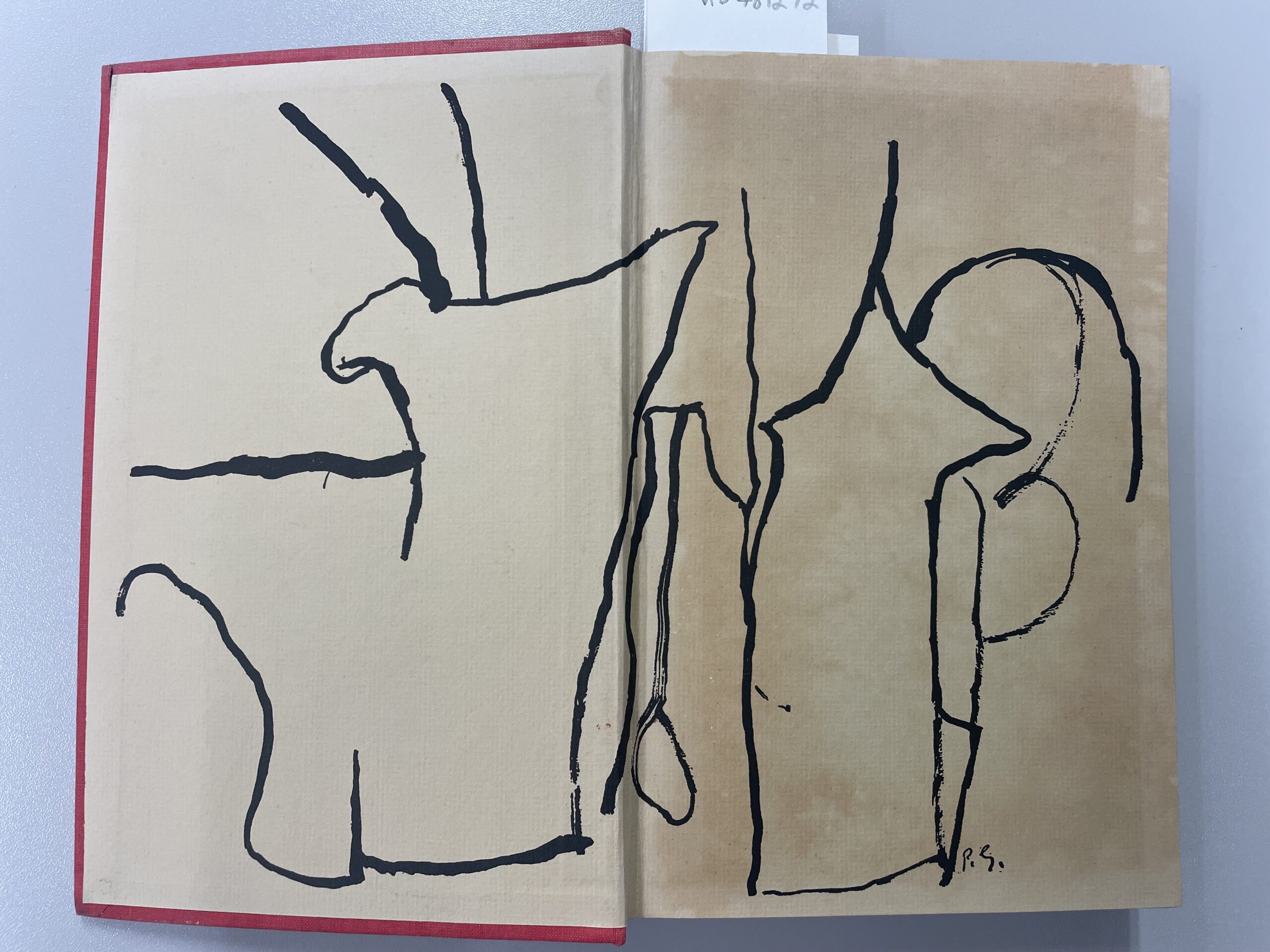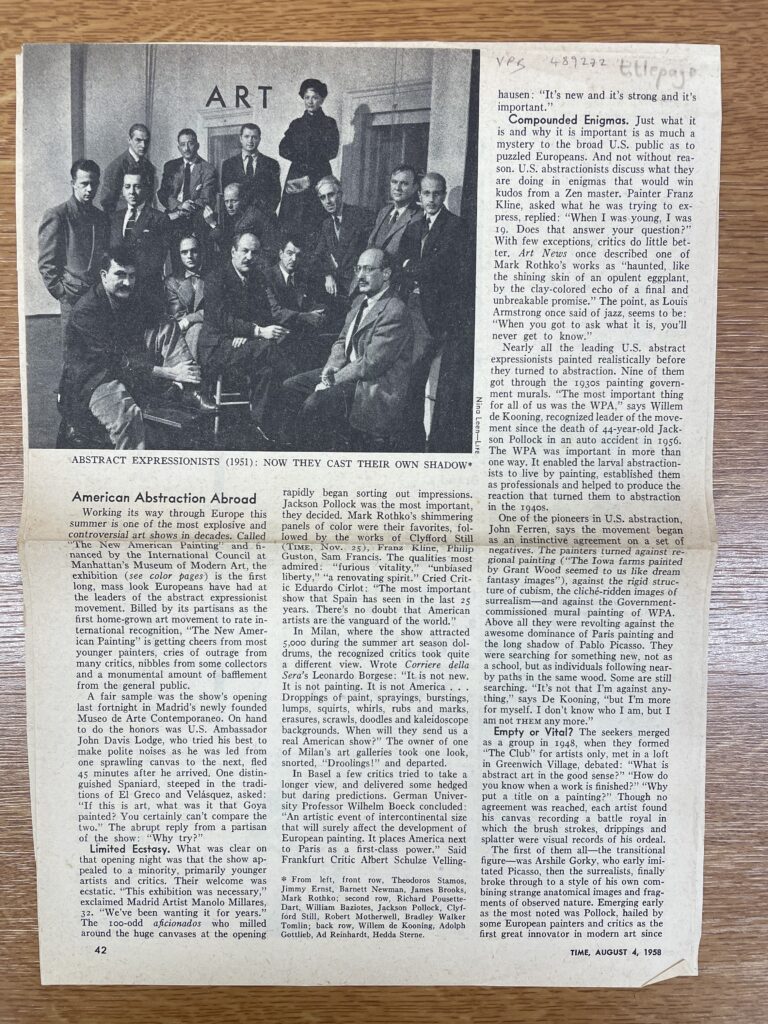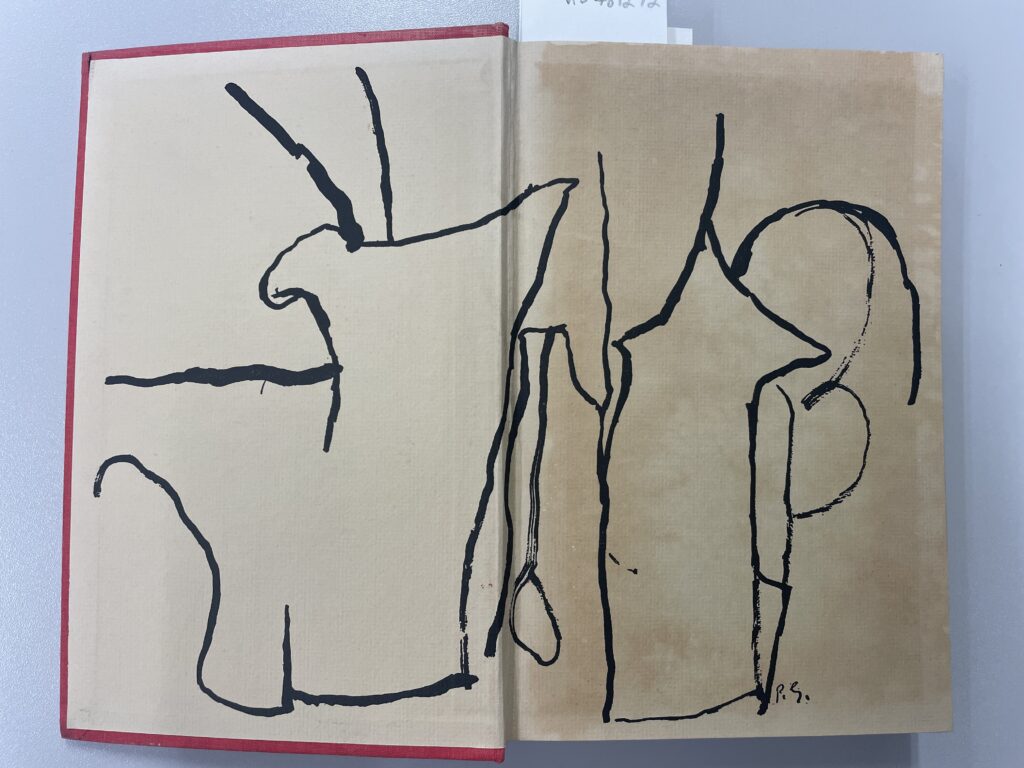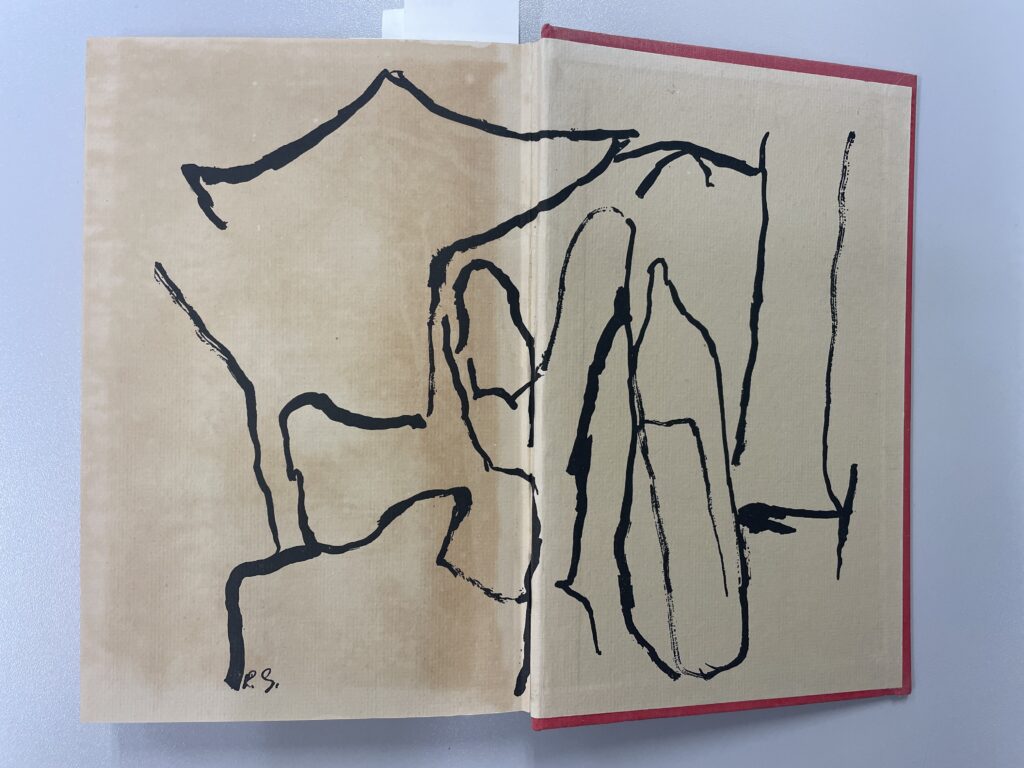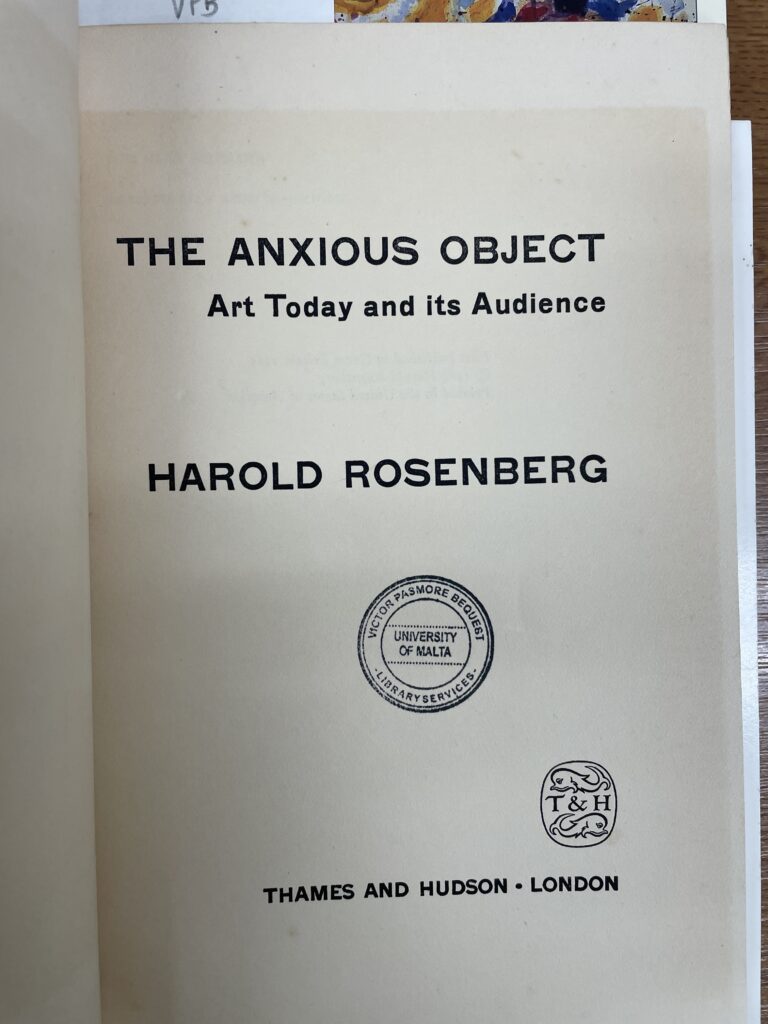THE ANXIOUS OBJECT
Antonia Critien
Today, each artist must undertake to invent himself, a lifelong act of creation that constitutes the essential content of the artist’s work. The meaning of art in our time flows from this function of self-creation. (Harold Rosenberg)
The Anxious Object: Art Today and its Audience by Harold Rosenberg (Thames and Hudson, London 1965) remains a relevant read today in examining the role of the artist, his search for innovation and the effect of the artwork on the viewer. An ardent supporter of the American Abstract Expressionists, and their most influential critic, Rosenberg believed their work to be all about the process of creation, and the energy of the artist at that one time – recording a moment rather than a final picture. In the introduction to his exhibition The Space Within. New Paintings 1968-69, Pasmore writes: The shape and quality of what we produce is the outcome of forces both objective and subjective…What mattered initially was not what our scribble would represent but what it might become. Again, as an audience, we are reminded of the individual journey of the artistic process which leaves the outcome open to both interpretation and emotion– a stark contrast from years of true likeness commissions, Realism and so forth. In this book, Rosenberg discusses this shift in art in 1950s America – the constant search for innovation, breaking away not just from older artistic styles but also from the modern movement in Europe at the time. In 1968 Pasmore had a solo exhibition at the Marlborough Gerson Gallery in New York. Writing about Mark Rothko in a letter to Ben Nicholson soon after this show he says: I cannot help feeling that the foundations of American Painting are too fragile to support it (Rothko’s work). There seems to be no backbone. Exhibitions that I saw of (Willem) de Kooning and (Kenneth) Noland serve only to emphasise this.
Inserted into the book is a Time Magazine article on the exhibition The New American Painting that travelled through Europe in 1958-59, with interesting, often humorous reactions from the public. The article is illustrated by a male dominant group photo of the American Abstract Artists with Hedda Sterne as the only female standing at the back. However, it seems that the singular female artist who took part in this travelling exhibition was Grace Hartigan. The black line paintings you see as you open this edition of the book and again at the end are by Philip Guston (1913-1980) – a prominent and complex American artist who formed part of the New York School and eventually completely shunned abstraction for a new form of representational art – neo-expressionism. He was also one of the artists taking part in this exhibition.
In 2018, Victor Pasmore’s children, John Henry Pasmore and Mary Ellen Nice, donated over 500 books and exhibition catalogues to the University of Malta, Archives and Rare Books Department. The Victor Pasmore Gallery is open to visitors at APS House, 274 St Paul Street, Valletta.

